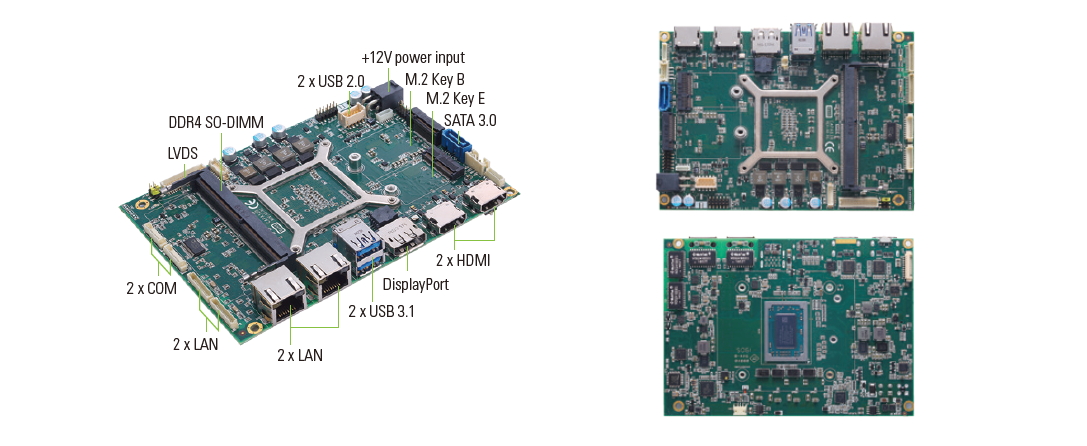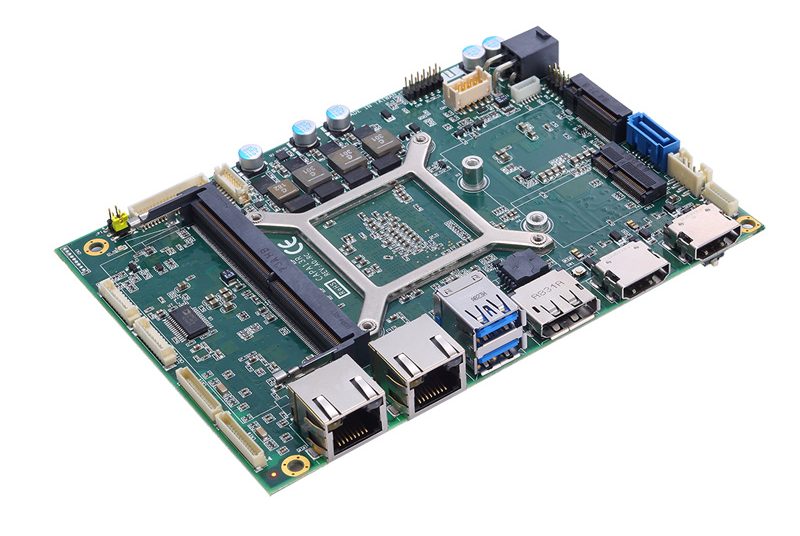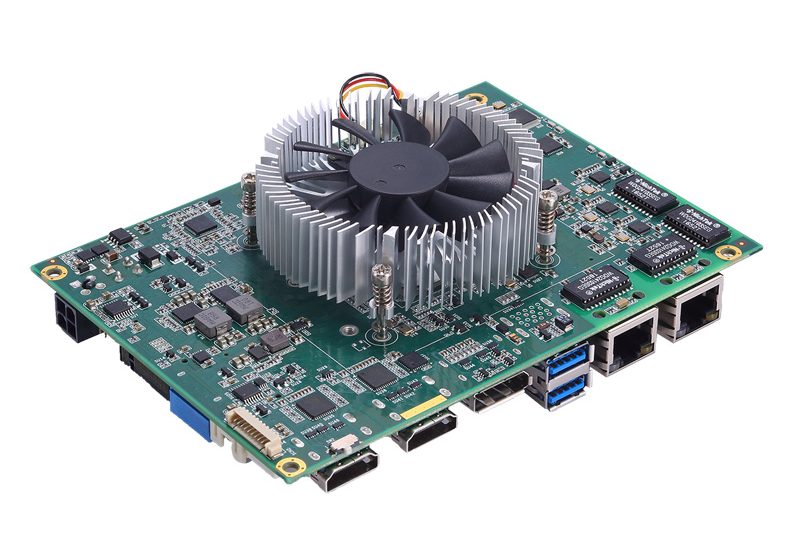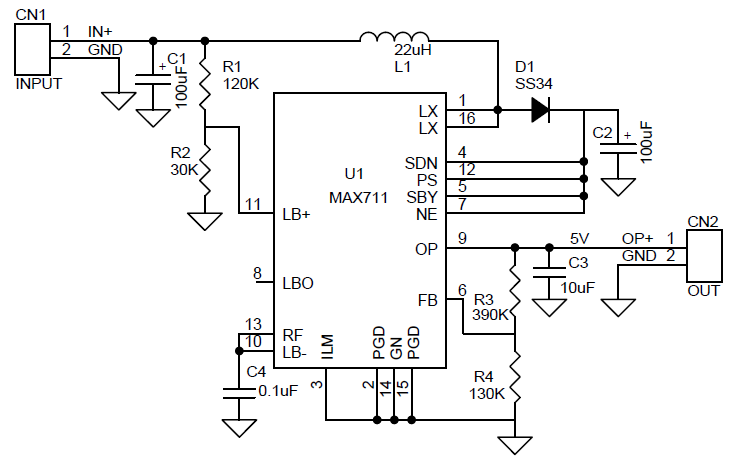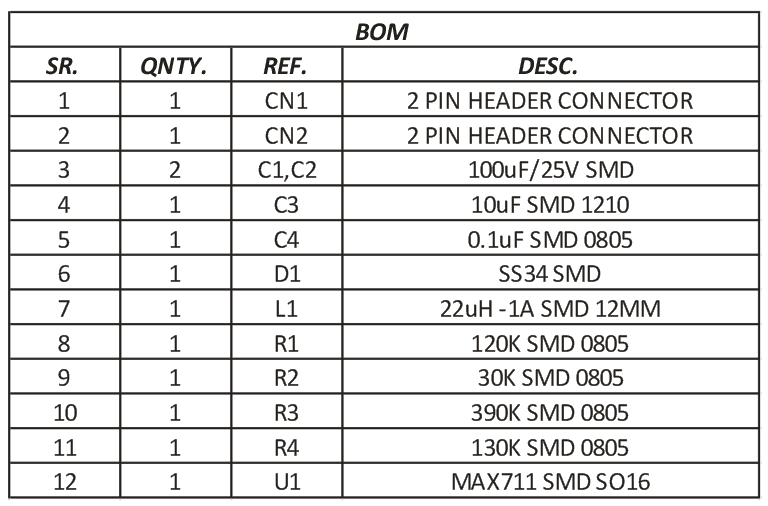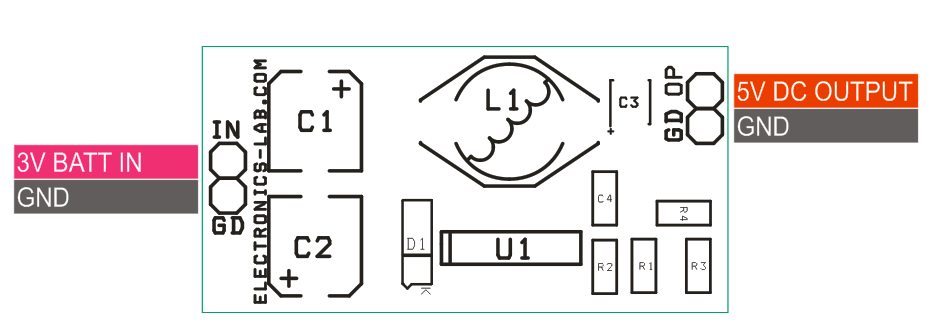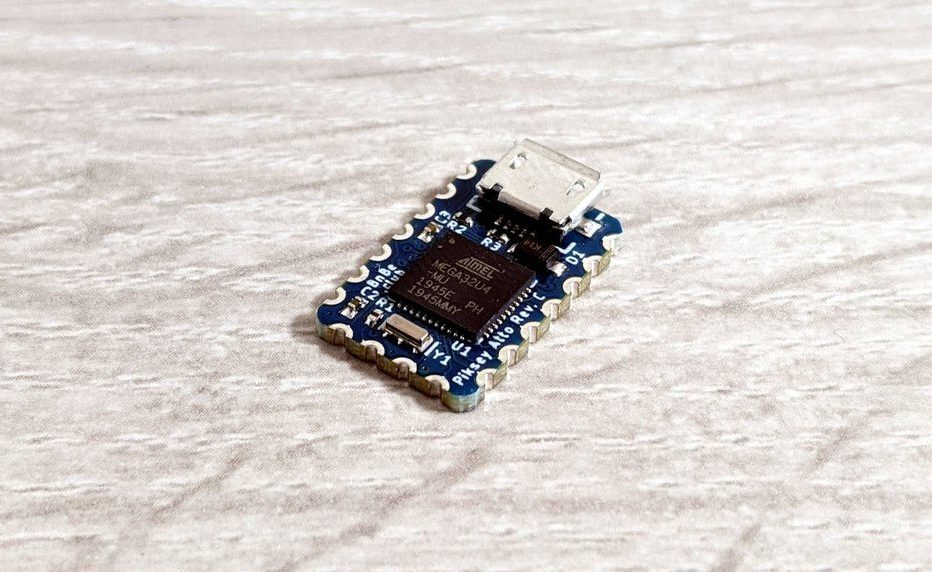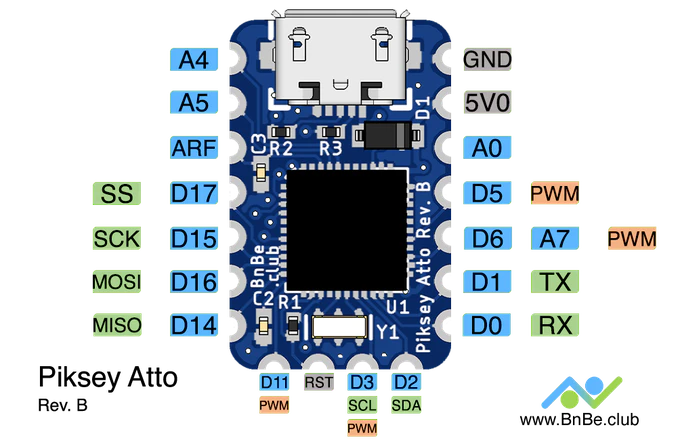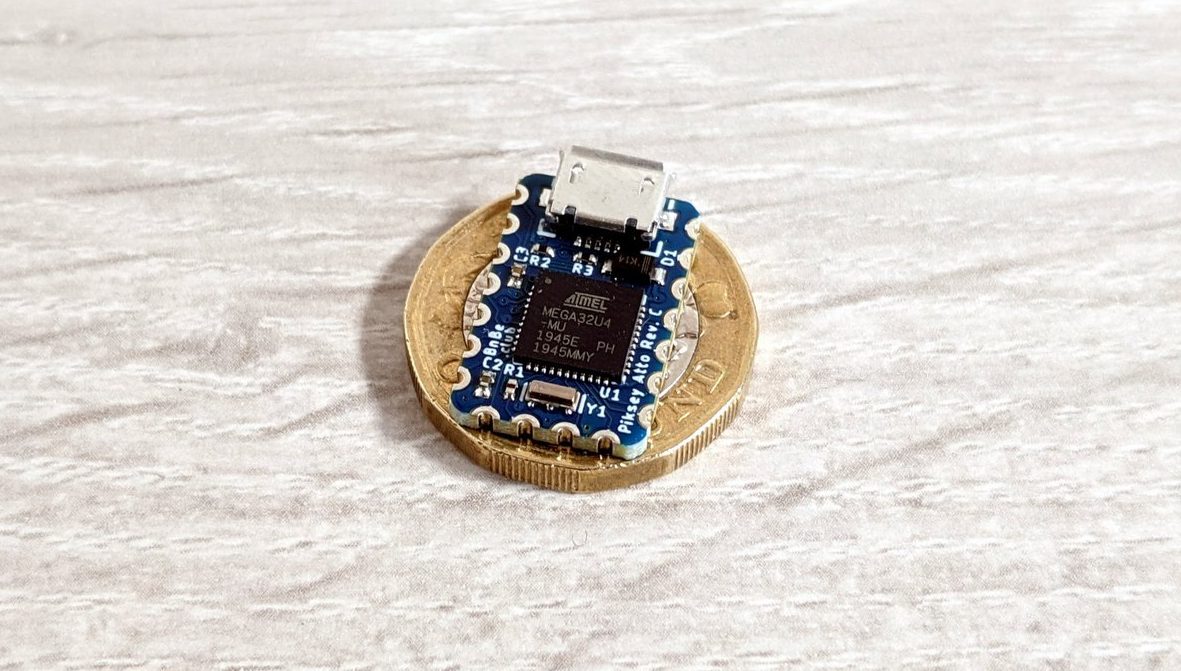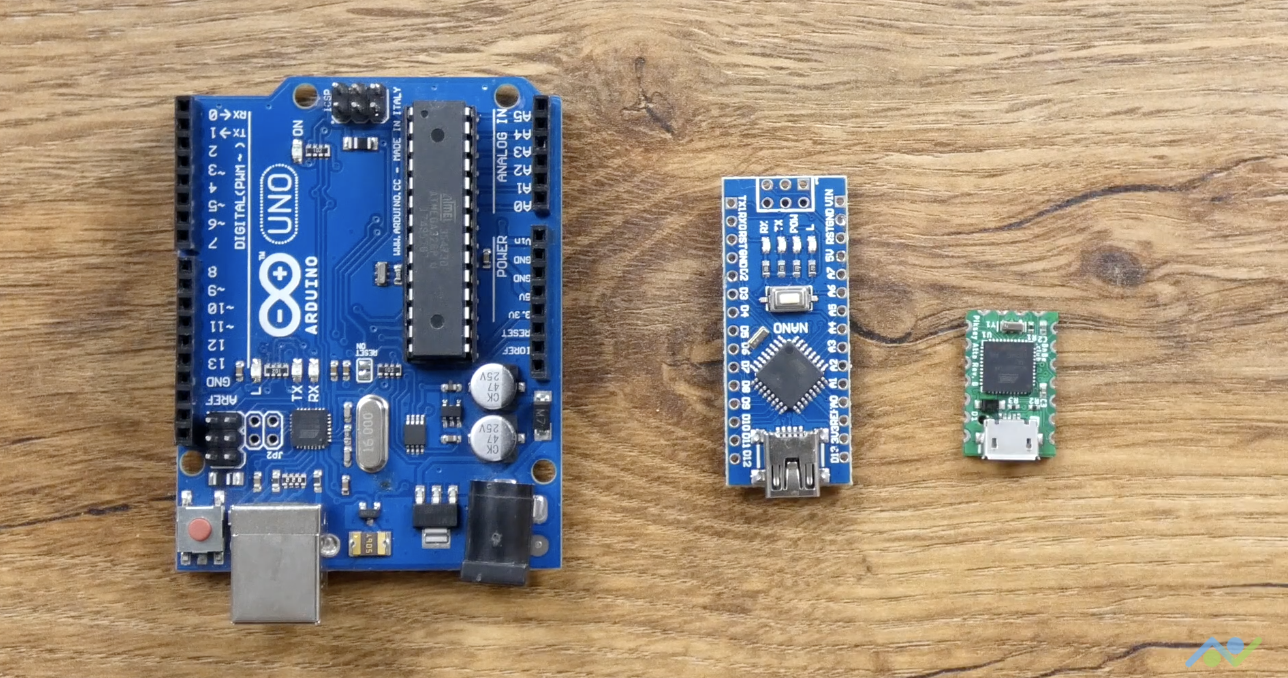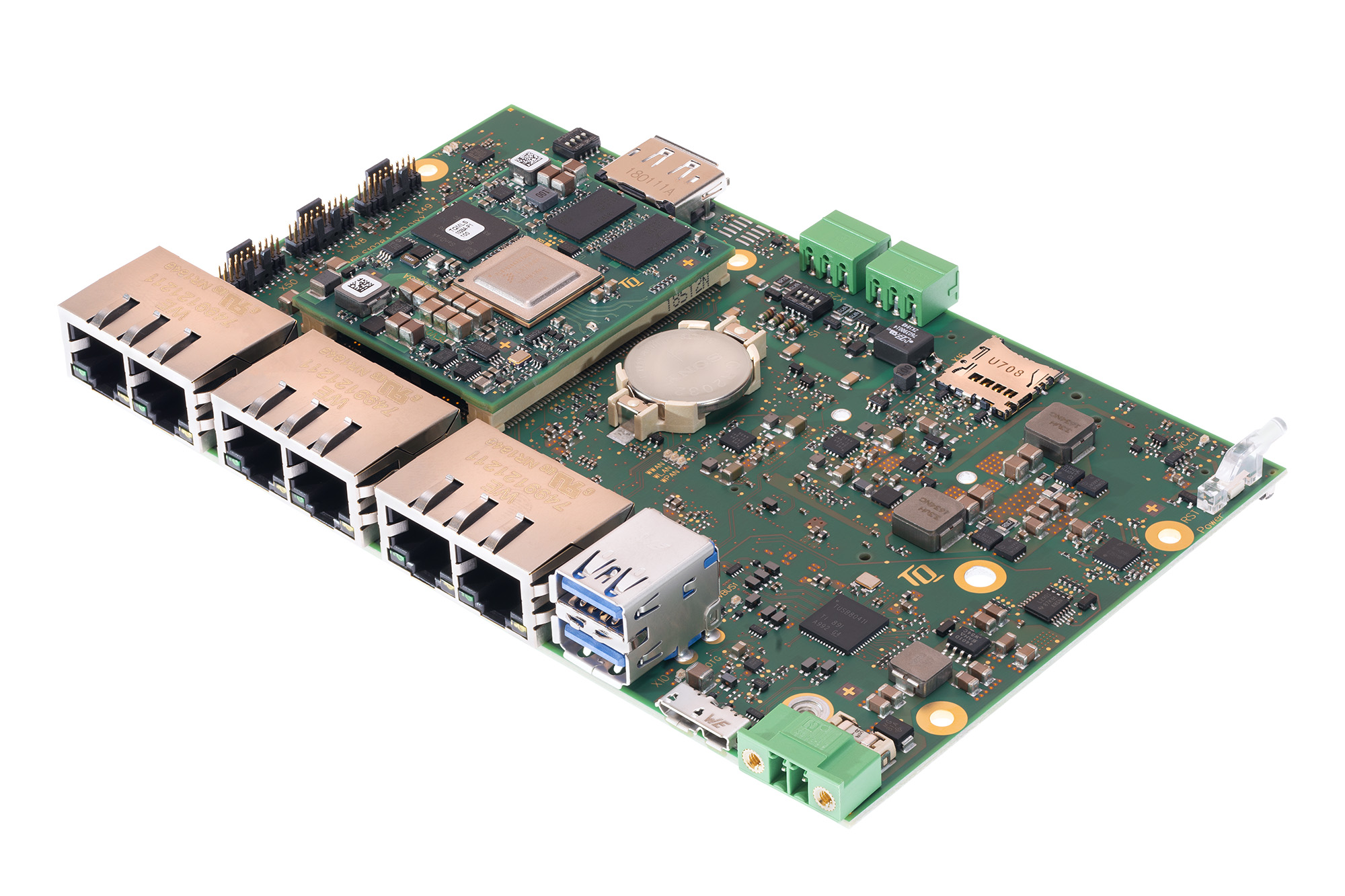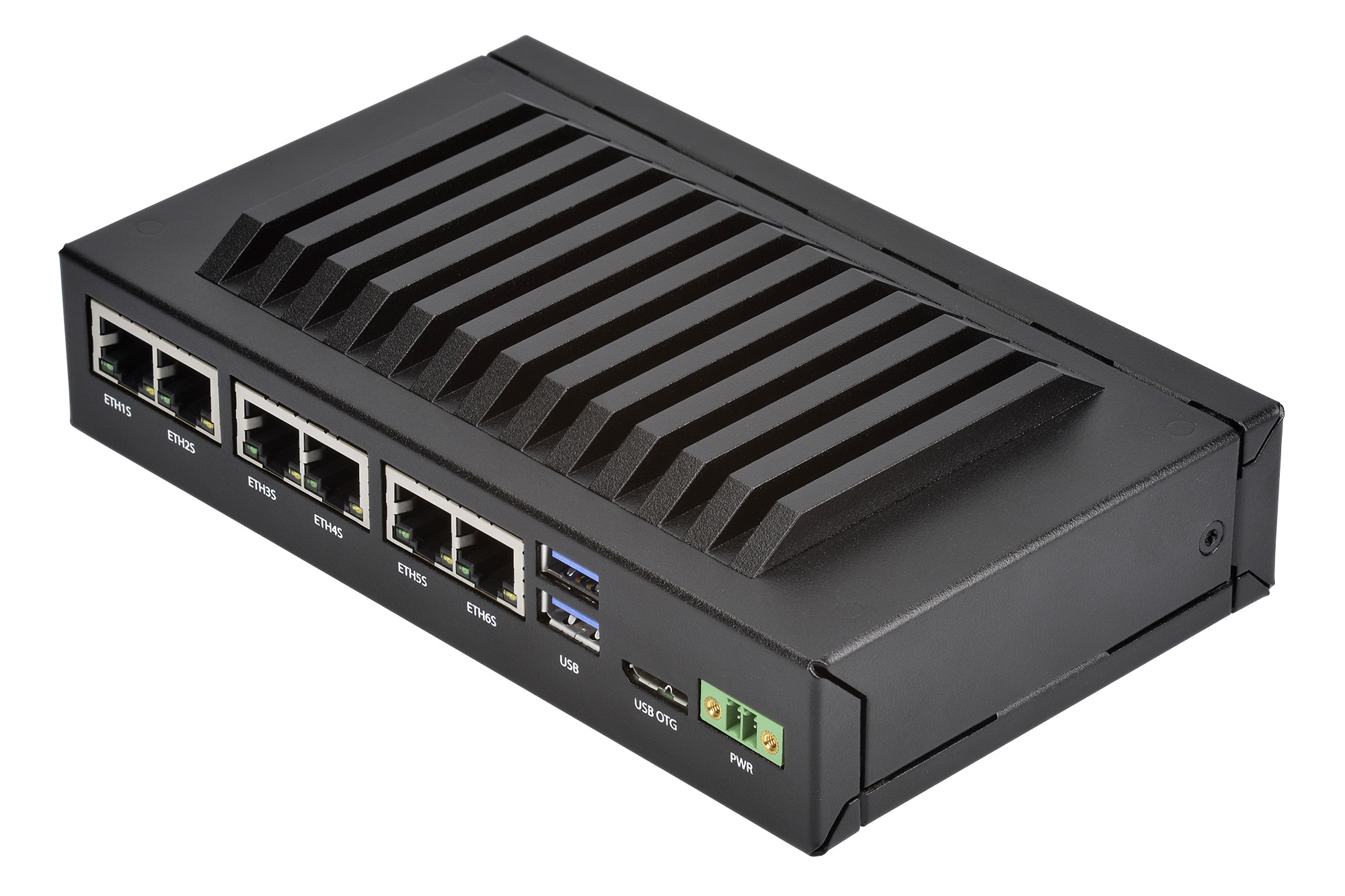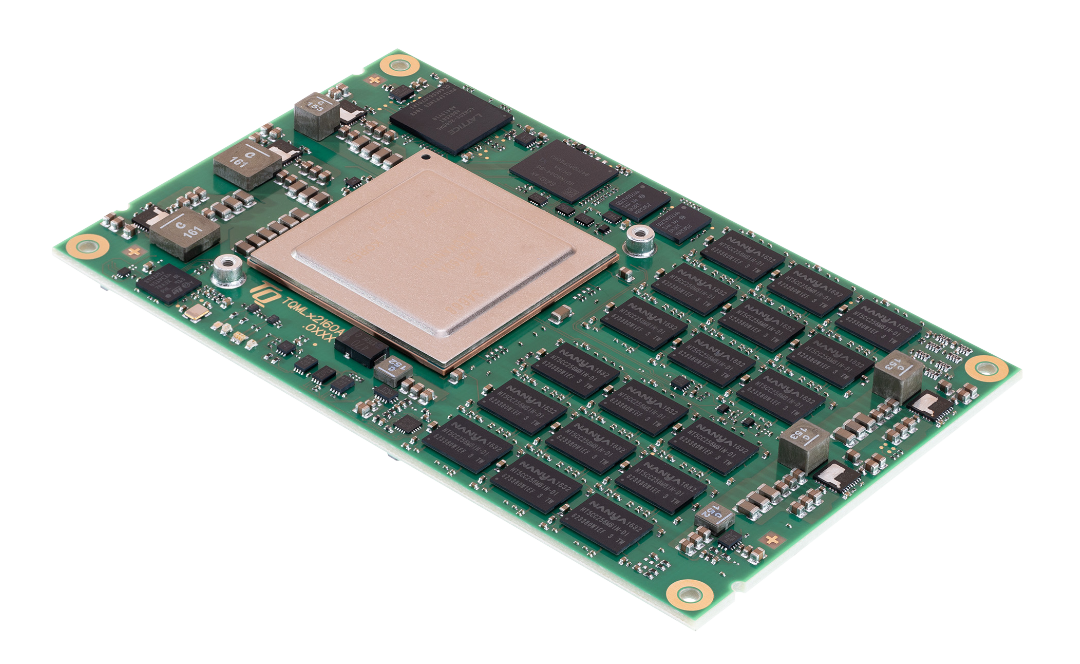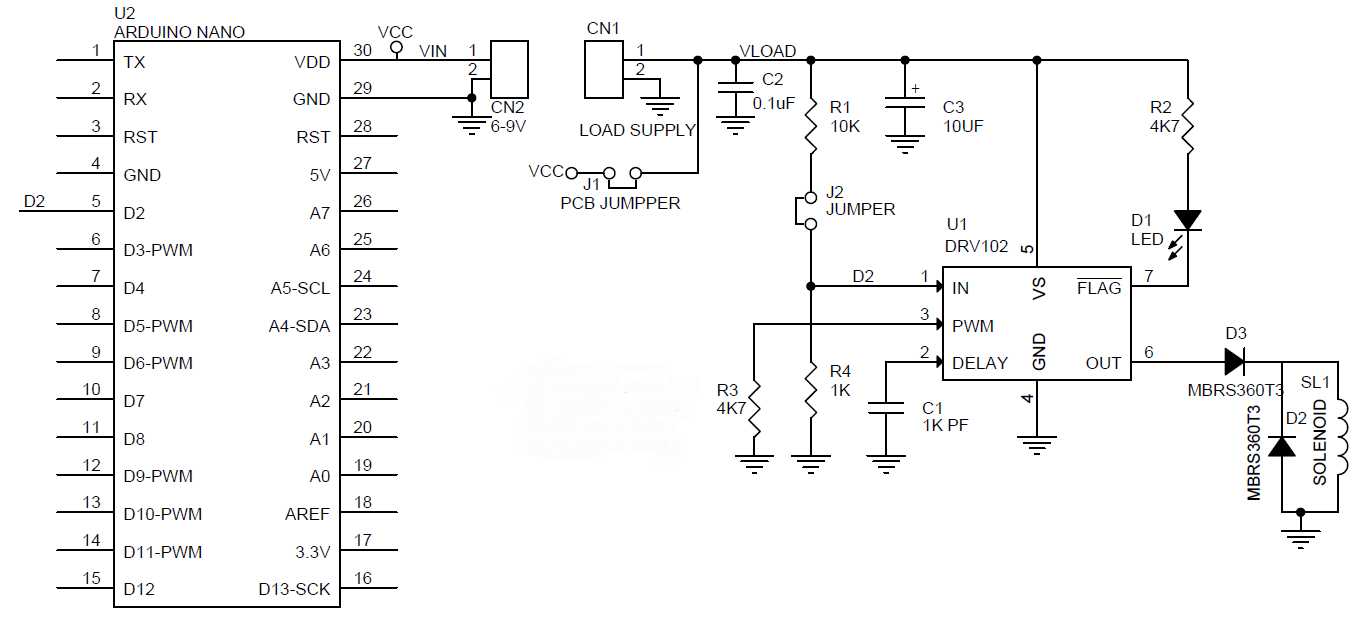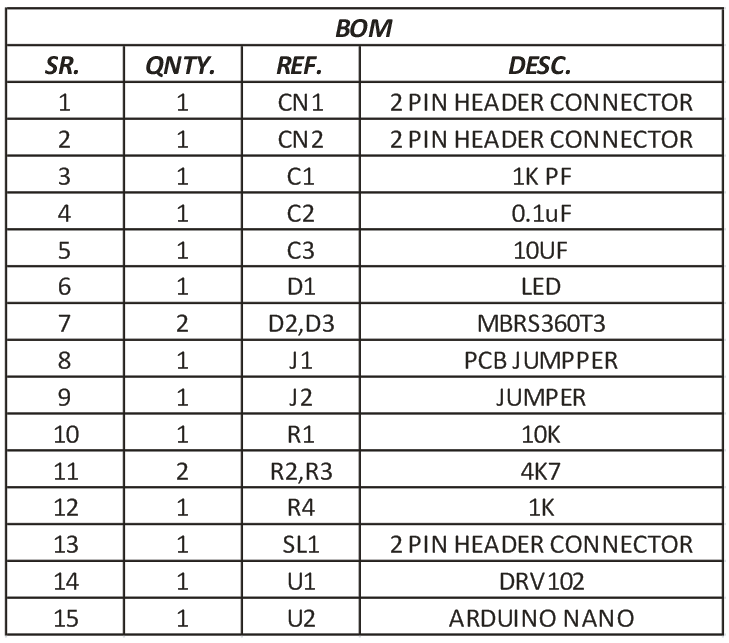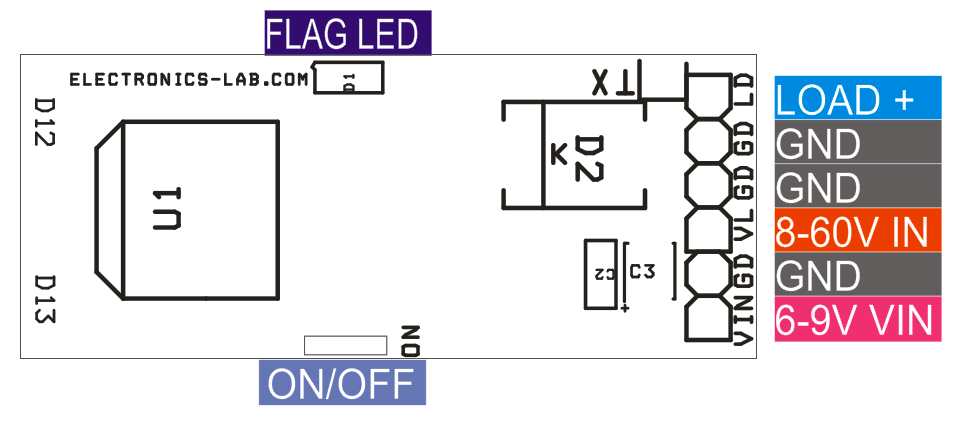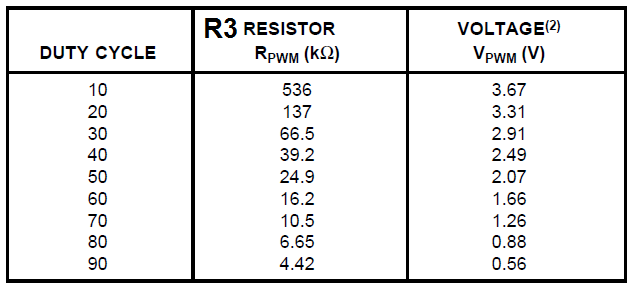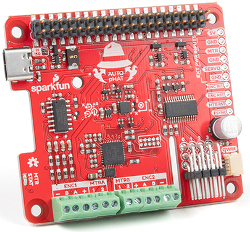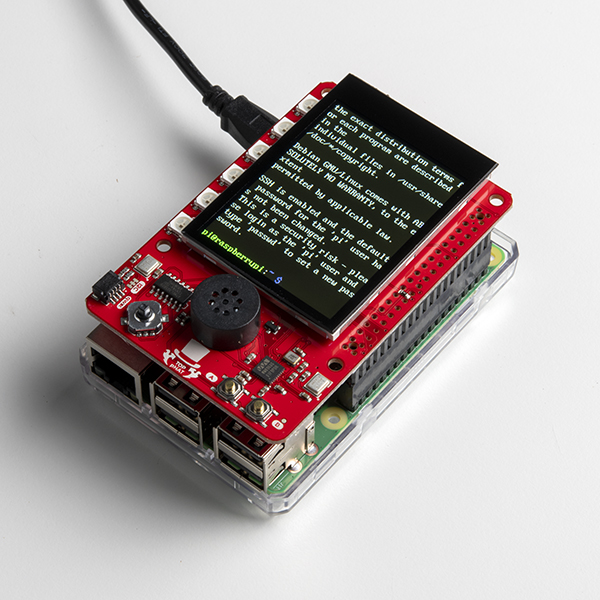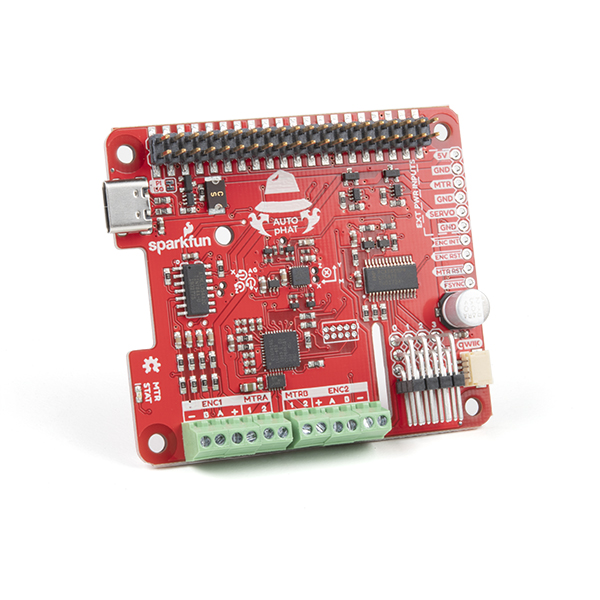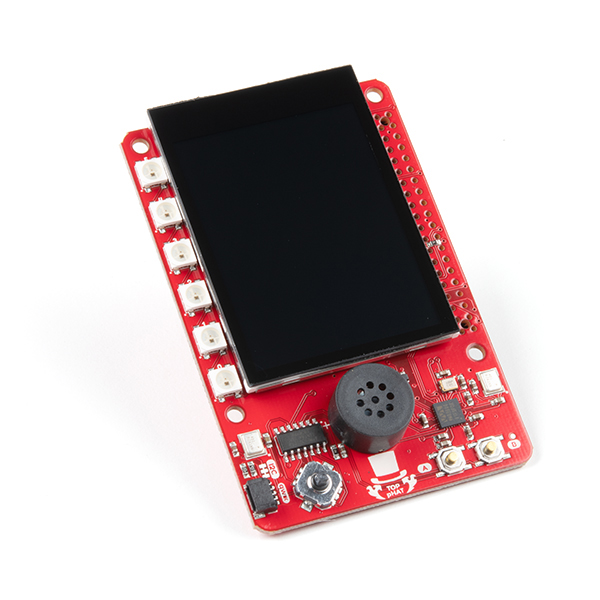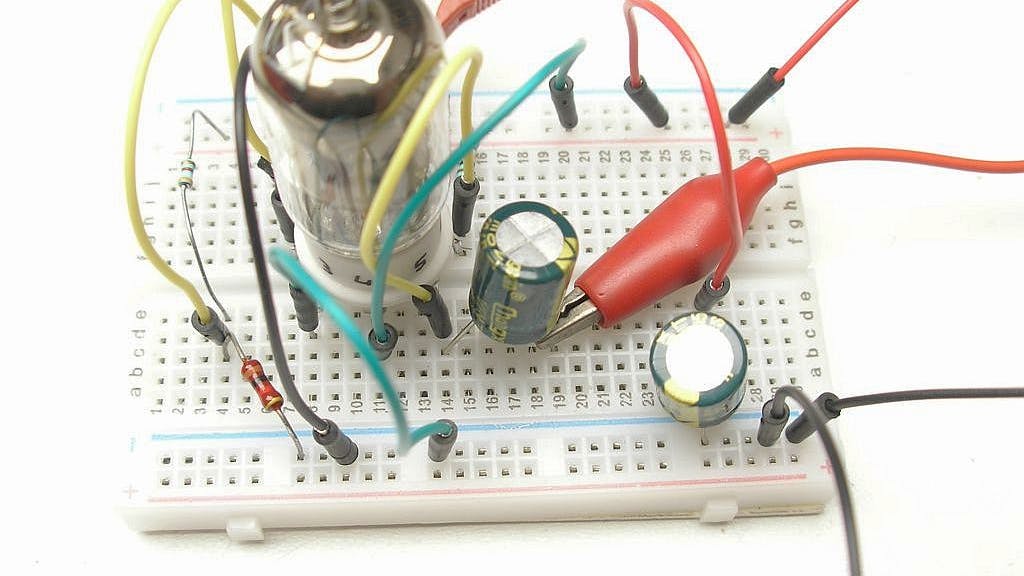Altium 365 platform empowers designers to work from anywhere, and connect with anyone.
Altium, LLC, a leader in PCB design software, today announced the availability of Altium 365, the world’s first cloud platform for PCB design and realization. The platform is poised to transform the electronics industry by bridging the gap between PCB designers, part suppliers, and manufacturers through seamless collaboration as the design evolves.
Altium 365 works harmoniously with Altium Designer, the industry standard for PCB design, to deliver the most connected experience for PCB design and manufacturing. This allows design teams to drastically reduce miscommunication, re-design iterations, and time to market.
“A long-term change in the way that the various stakeholders in the electronics industry work together is taking place,” said Ted Pawela, Chief Operating Officer at Altium. “Whether working from home, office or traveling for business, the need to work from anywhere in the world without being tethered to your desktop is here to stay. Altium is paving the way for engineers and designers to work from anywhere, and connect with anyone by making the Altium Designer user experience more collaborative and more readily available than ever before.”
With Altium 365, users can bring together the stakeholders and participants of their choosing (even those who do not have Altium Designer), while keeping their IPs secure and design under control. This cloud-based platform provides a completely new way to share, visualize, and mark-up PCB designs for all stakeholders involved, from design managers to manufacturers, while allowing other designers to connect to the same PCB design with Altium Designer to author changes.
Teams can organize designs, libraries, and participants in one place, and share links to their designs for easy, real-time collaboration. Designs are always accessible at any time, on any device, anywhere. By leveraging CAD-specific intelligence, design data can be stored in a way that makes projects, files and version history accessible and easy to navigate on the web.
“We use the Altium 365 workspaces as a way to keep all our components, designs and projects all in one place, so that everyone is working from the same source of information. We are able to design faster with teams at different locations.” – Chris Brawn | Senior Design Engineer | Skyships
Altium 365 provides a built-in co-designer capability between electronic and mechanical domains through native integration with PTC Creo®, Dassault Systèmes® SolidWorks™ and Autodesk Inventor®. PCB designers and mechanical CAD designers are now able to collaborate more efficiently and creatively than ever before.
Altium 365 also helps streamline the manufacturing process. Designs can be packaged and shared with internal and external shareholders with just a simple web link that can be accessed via any platform on any internet-enabled device.
“We are using Altium 365 in our manufacturing process. We can immediately share the Bill of Materials and version updates, so our manufacturers can know if something changed and why right away.” – Dario Pennisi | Hardware Development Manager | Arduino
By adding the flexibility of sharing and collaboration of the cloud to the power of desktop PCB design software, Altium is making a big leap towards unifying the electronics industry.
To learn more about Altium 365 + Altium Designer 20, visit https://www.altium.com/altium-designer/whats-new



